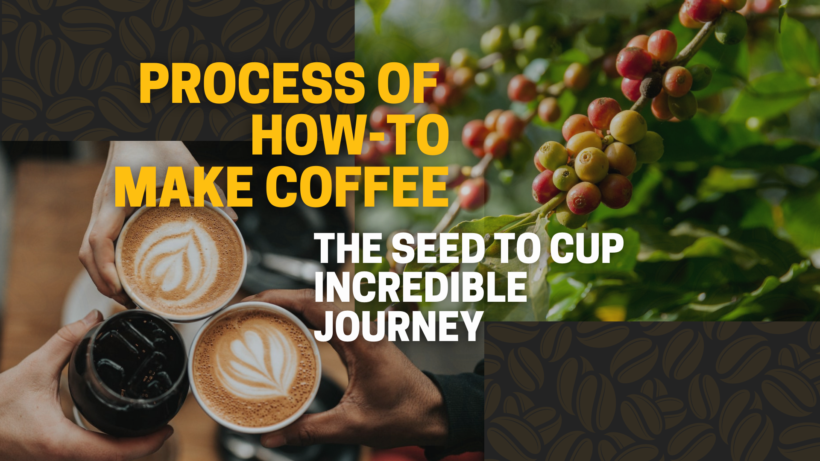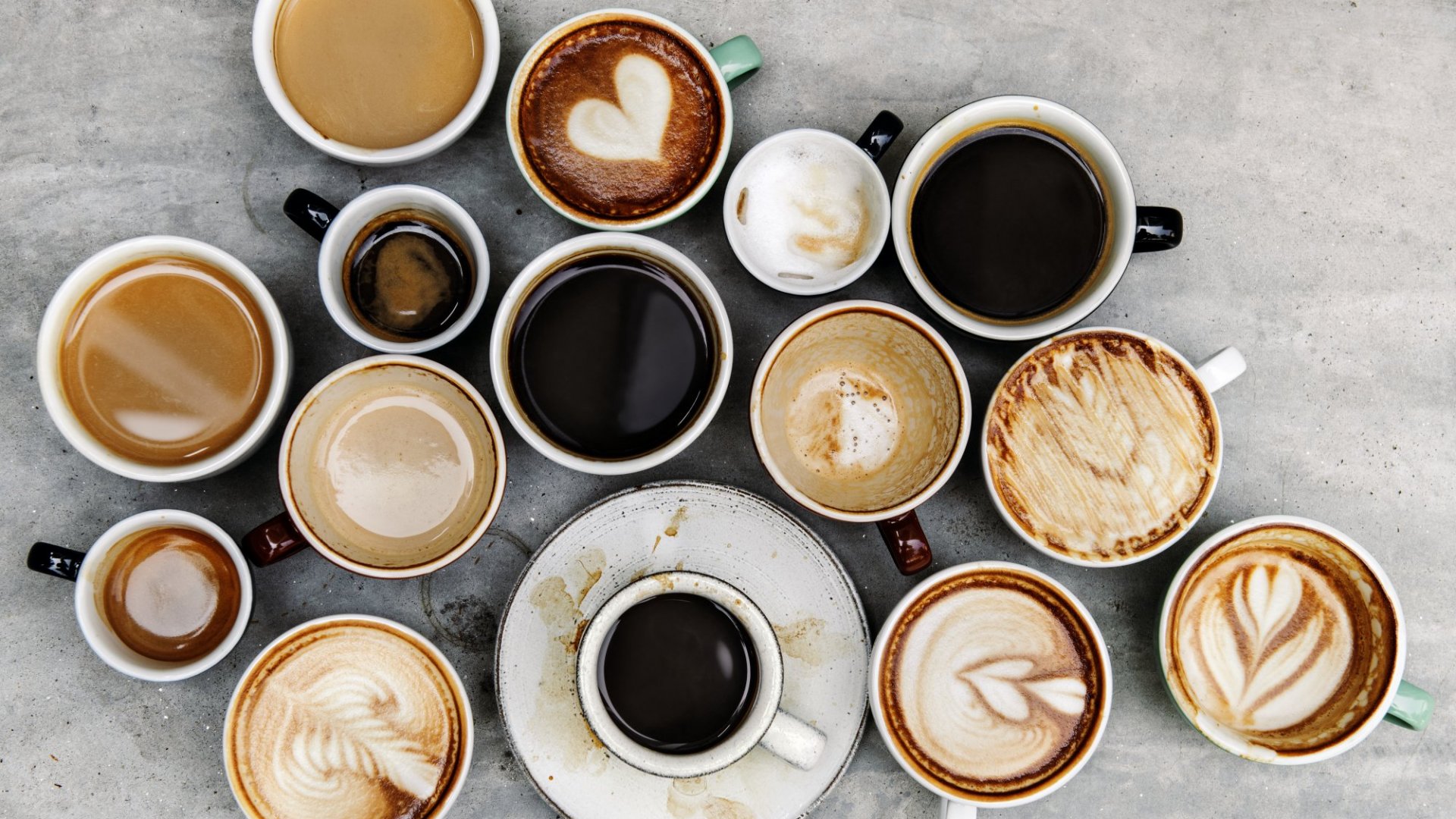
If you are reading this article, it is not too far from the truth to assume that coffee is something that you enjoyed daily, every morning, perhaps two to three times a day. Coffee is now something that we, as a generation, can acknowledge as a global phenomenon. It used to be something that we watched our parents make and drink every morning and is now something that we have clutched in our hands every time to go to school or pull an all-nighter.
Despite the popularity of coffee consumption in the present day, not many people know the entire process of coffee production. Depending on where you live, the coffee that you consume is mainly imported because coffee can only be grown in some parts of the world. From the process of planting in the fields to being brewed into a delicious cup of caffeinated drink, there is a long process in between that can be summarized into 7 main parts that can make your coffee taste different.
Contents
I. Planting Coffee
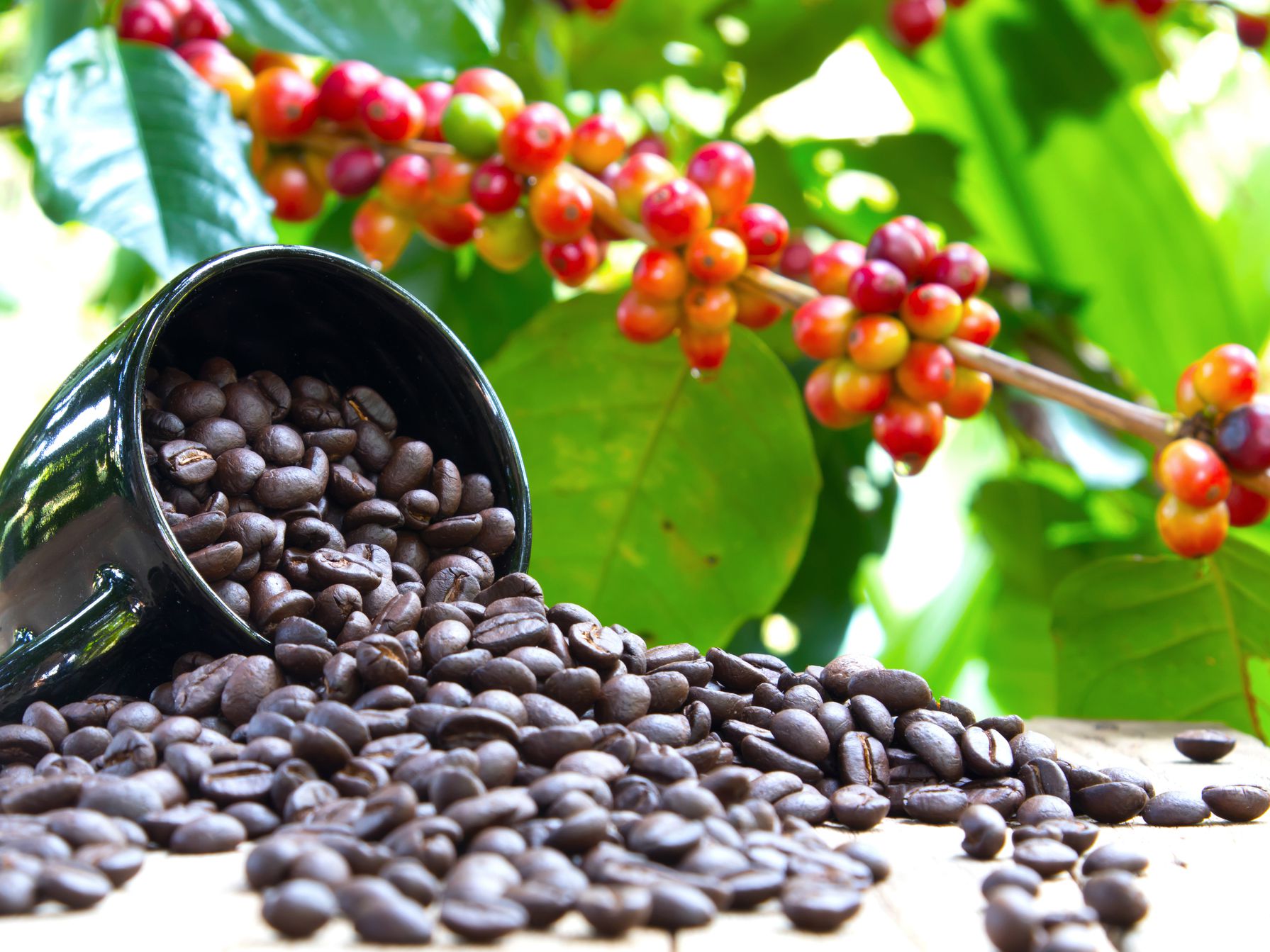
Of course, since coffee comes from coffee beans, the first step to brewing a good cup of coffee would be the planting process. Coffee plants are generally native to tropical regions of the world, namely Southern Africa and tropical Asia. The plant itself is as large as a small tree or a bush. Generally, two species of coffee are being grown for consumption, the arabica coffee, and the robusta coffee.
II. Harvesting
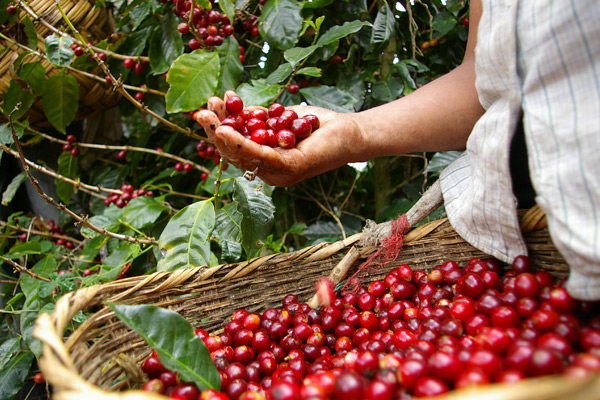
Once the plants bear ripe fruits, the cherries will be harvested so that we can get on with the next process. The terrain and landscape plays a huge role in deciding on whether the cherries will be picked by hand or by machines. Regardless of how it is done, the cherries can be harvested in two ways. The first one being that the cherries are harvested by its branches and the second one being selective harvesting where the only ripe cherries are picked. The latter process is usually reserved for harvesting a more expensive breed of coffee as it is often costly.
III. From Cherries to Beans
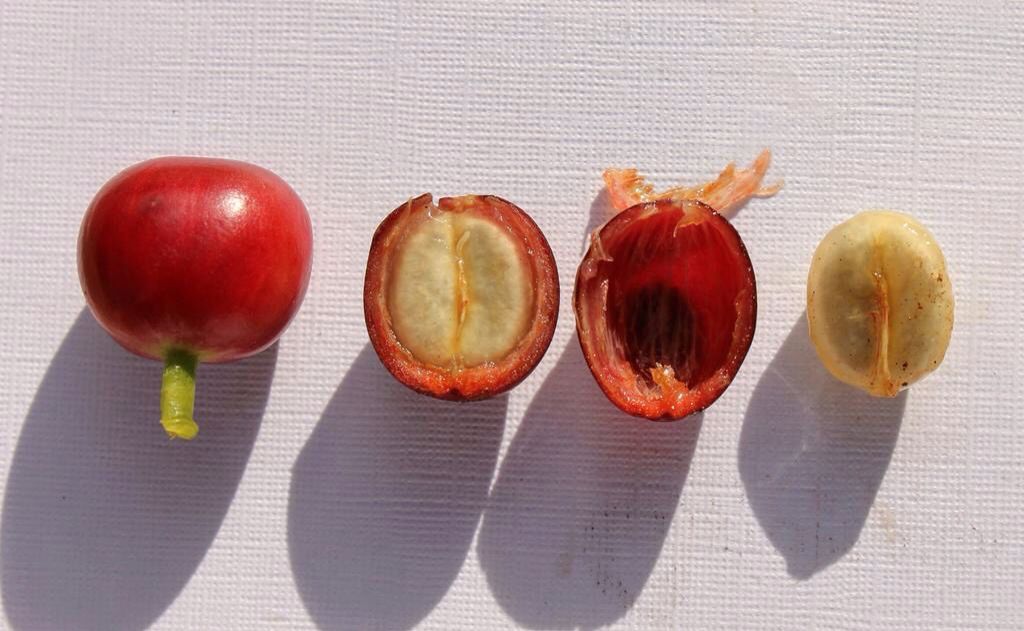
Almost all of the cherries harvested from the coffee tree comes with a pair of coffee beans. Only less than 5% comes with a single bean. Within this step, the cherries needed to be dried. It can be done through 2 methods, the dry method, and the wet method. Through the dry method, the harvested cherries are laid out to dry in the sun. The workers will occasionally turn the cherries throughout the day to make sure that they are properly dried. During the night or rain, the fruits are covered to prevent them from getting wet. This process can take up to several weeks as opposed to the wet method that will only last for less than a week. In addition, the wet method is much less labor intensive because the beans are being separated from the pulp through fermentation. After fermentation, the beans are rinsed and then laid out to dry.
IV. Milling the Beans
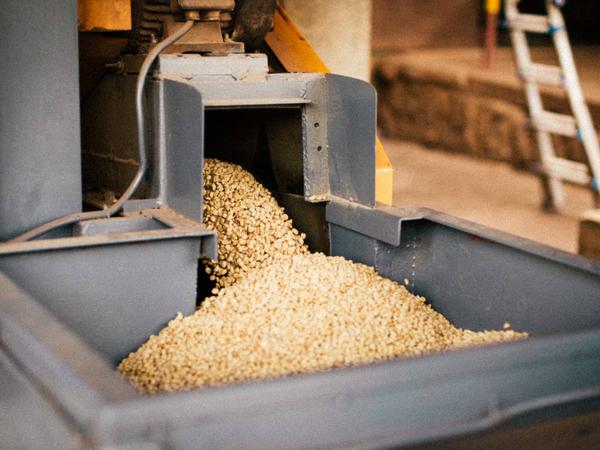
The coffee bean is still not ready to be roasted. The previous step will put the beans at the dried stage where there is dried parchment skin covering the beans. The milling process is needed in order to remove those dried skins. The removal during this stage can be done mechanically with the help of the hulling machinery. Some manufacturers go the extra step of polishing the coffee beans to increase the price of the beans despite the little difference it makes in regards to quality.
V. Roasting
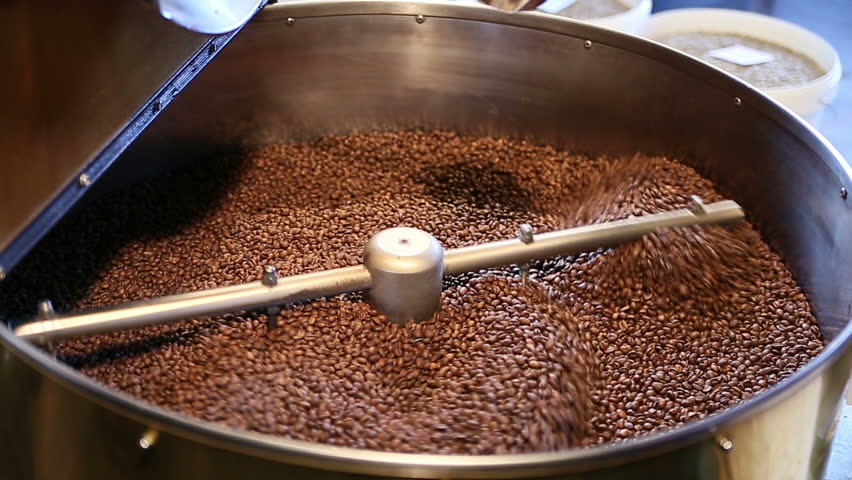
Roasting coffee beans, although seems like a simple process, is much more delicate and complicated than you think. The temperature needs to be kept within a range to avoid over roasting or under roasting the beans. Not only that, the beans need to be constantly turned and keep in motion to avoid burning. I’m sure many of us coffee lovers had had the unfortunate chance of drinking burnt coffee before, so this process is quite an important step if you want high-quality coffee.
VI. Grinding
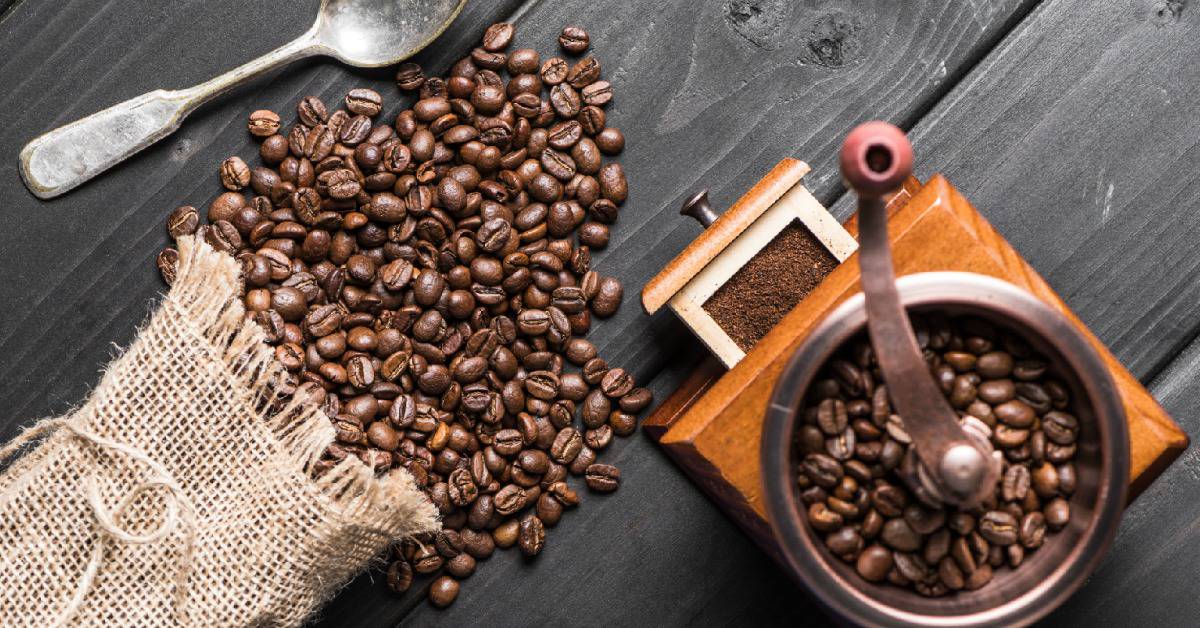
Of course, grinding coffee is also another important step. One might think that as long as the coffee is a grinder, it can be used. However, grinding in an even consistency is important. What would be considered as good ground coffee is the coffee beans that have been grind into an even consistency.
VII. Brewing
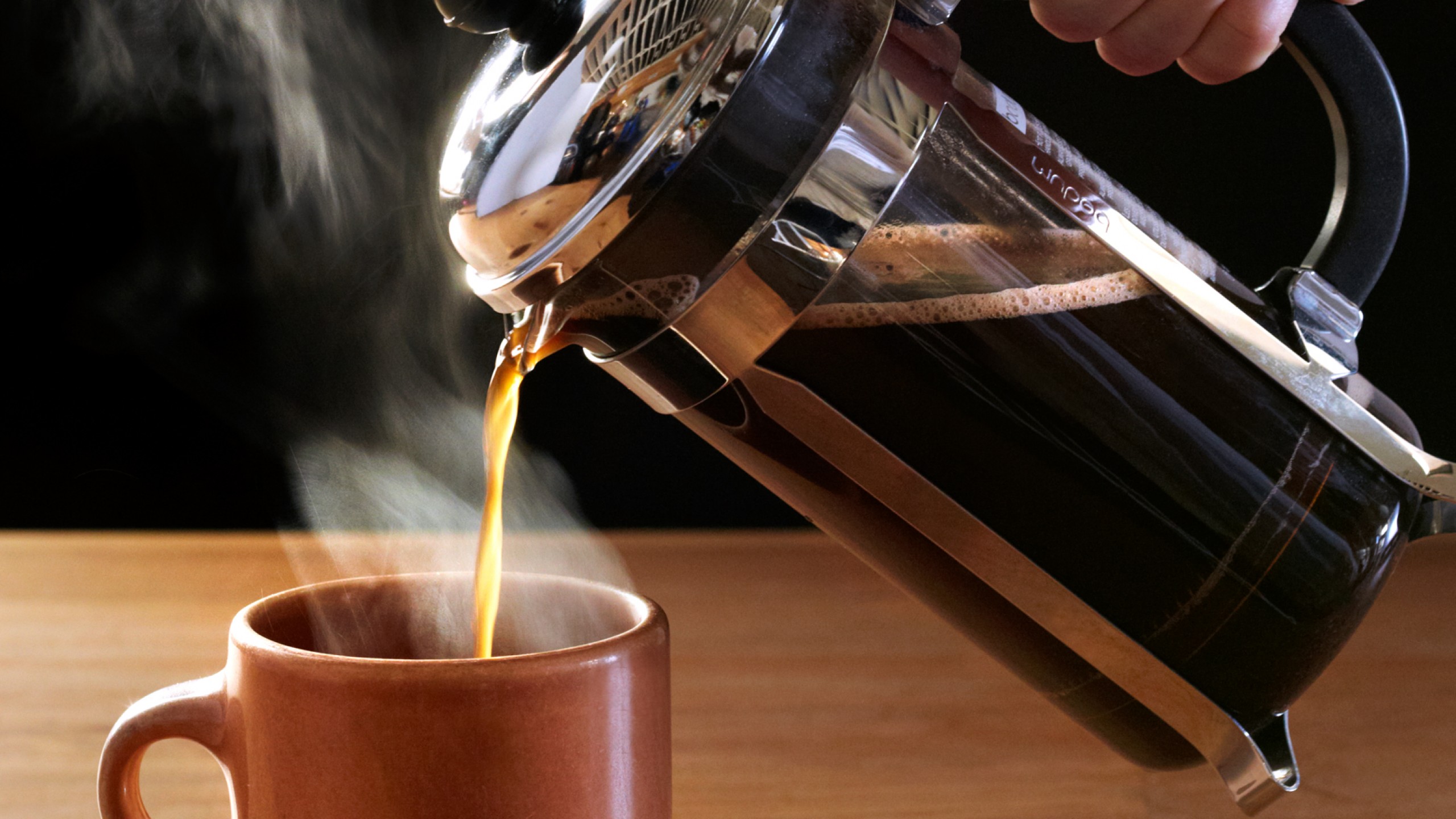
There are a variety of techniques for brewing coffee, from a quick pour of hot water directly over the ground coffee beans to the usage of a complex machine like the Aeropress. In the present day, coffee is typically brewed within a coffee machine. Or, if you do not have a coffee machine, a cup, a coffee filter and a kettle of hot water will also get the job done.
Why the increase in the consumption of coffee?
In the present day generation, starting from the millennial generation, coffee is now considered as a gourmet drink rather than a necessity. People above the age of 65 make and drink coffee at home while people age 35 and below drink it on the go. If you are an internet citizen and a user of the famous social media platform ‘Instagram’, then you must have seen an aesthetic picture of a coffee or a coffee shop. The coffee industry and coffee shops as a whole are growing as a result of these trends fueled by the younger generation’s need for aesthetics.
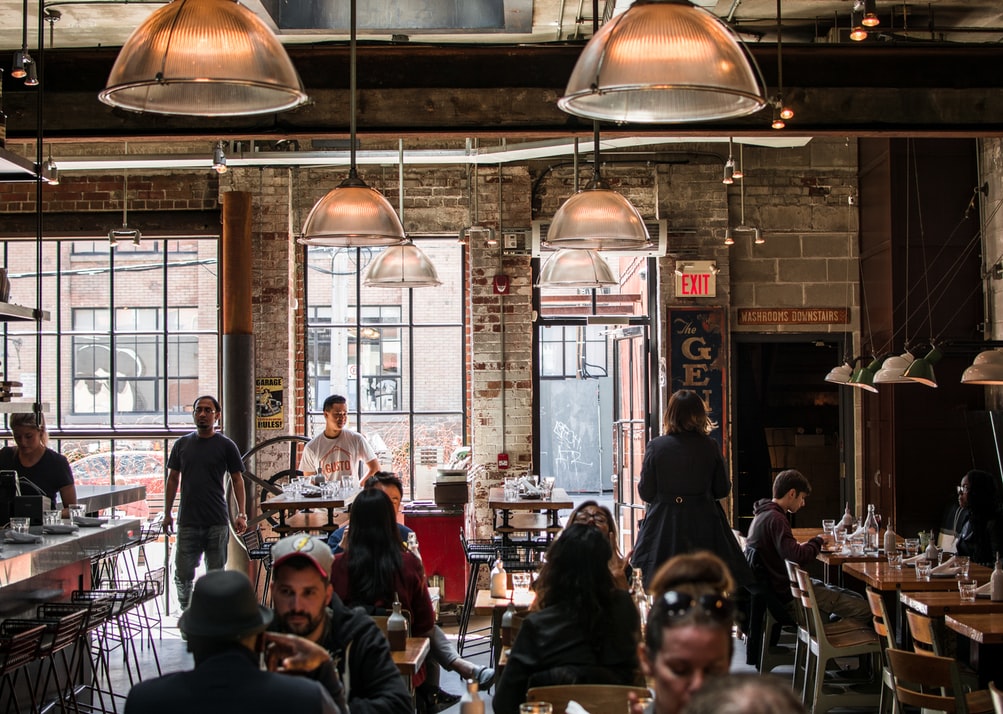
Starbucks lovers can agree that the options provided by the franchise are next to limitless. Combined with their Instagram friendly packaging, even if you are not a coffee lover, younger people still flock to the stores just for a quick picture grab and a drink. Many coffee shops nowadays are adapting to this strategy. Coffee is no longer simple like it was before in the olden days where the options are black, sugar or milk. Presently, with the countless options provided, coffee can be consumed by nearly everyone. If you are someone who cannot drink coffee without shaking with anxiety, you can customize your coffee order to suit your tastes with orders like a Mocha Frappuccino or a Pumpkin Spice Latte.
Aside from those coffee shops are no longer just places that sell coffee, they have become a meeting place for social interactions from dates to study sessions. If you are a student on a deadline or struggling through an exam period, then it is safe to say that the library is going to be rarely accessible during that period because of the sheer volume of students. So your next best option for a place to cram through is obviously a coffee shop. Not only that, a first date at the coffee shop is now even more cliche than a date at the movies! Its versatile purpose is the reason why people are attracted to it and in turn, growing a fondness for coffee.
Instant Coffee vs. Brewed Coffee
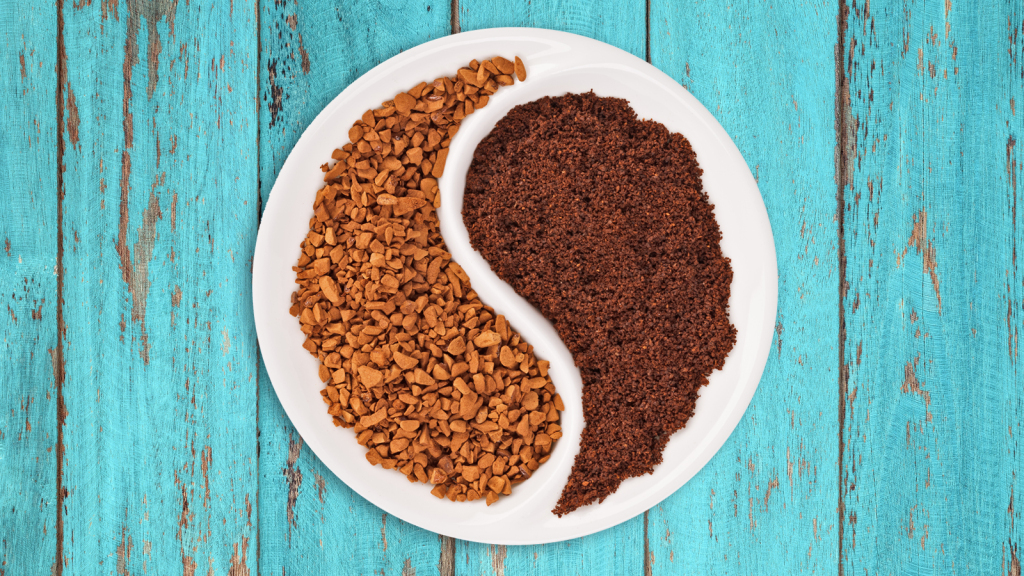
Because coffee is becoming somewhat of a lifestyle drink, it is no longer about caffeine or efficiency. We, as avid coffee drinkers, want authentic coffee, ground then brewed and poured into a cute cup or a tumbler. Coffee making machines have now become a staple in regular households. Brewed coffee is now becoming a necessary part of our daily lives. Instant coffee, although caffeinated, is no longer cutting it out for most of us.
Benefits of drinking coffee, relevant or not?
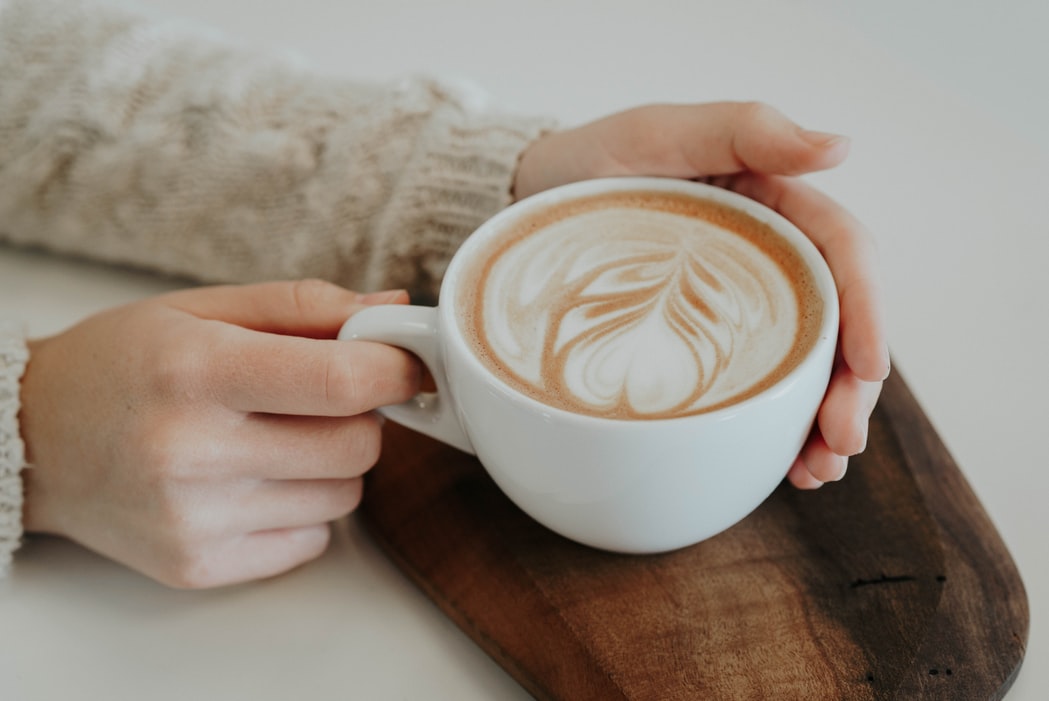
When drinking coffee, the benefits of doing so have never crossed our minds, or most of our minds. There are many articles and studies that highlight the benefit of coffee, from skincare to medical treatments, there are many beneficial claims to coffee. We can discuss the benefits of coffee in another article on this blog but as of now, within this article, we can say that the benefits of coffee is rarely relevant to our choice of consuming coffee.
References
